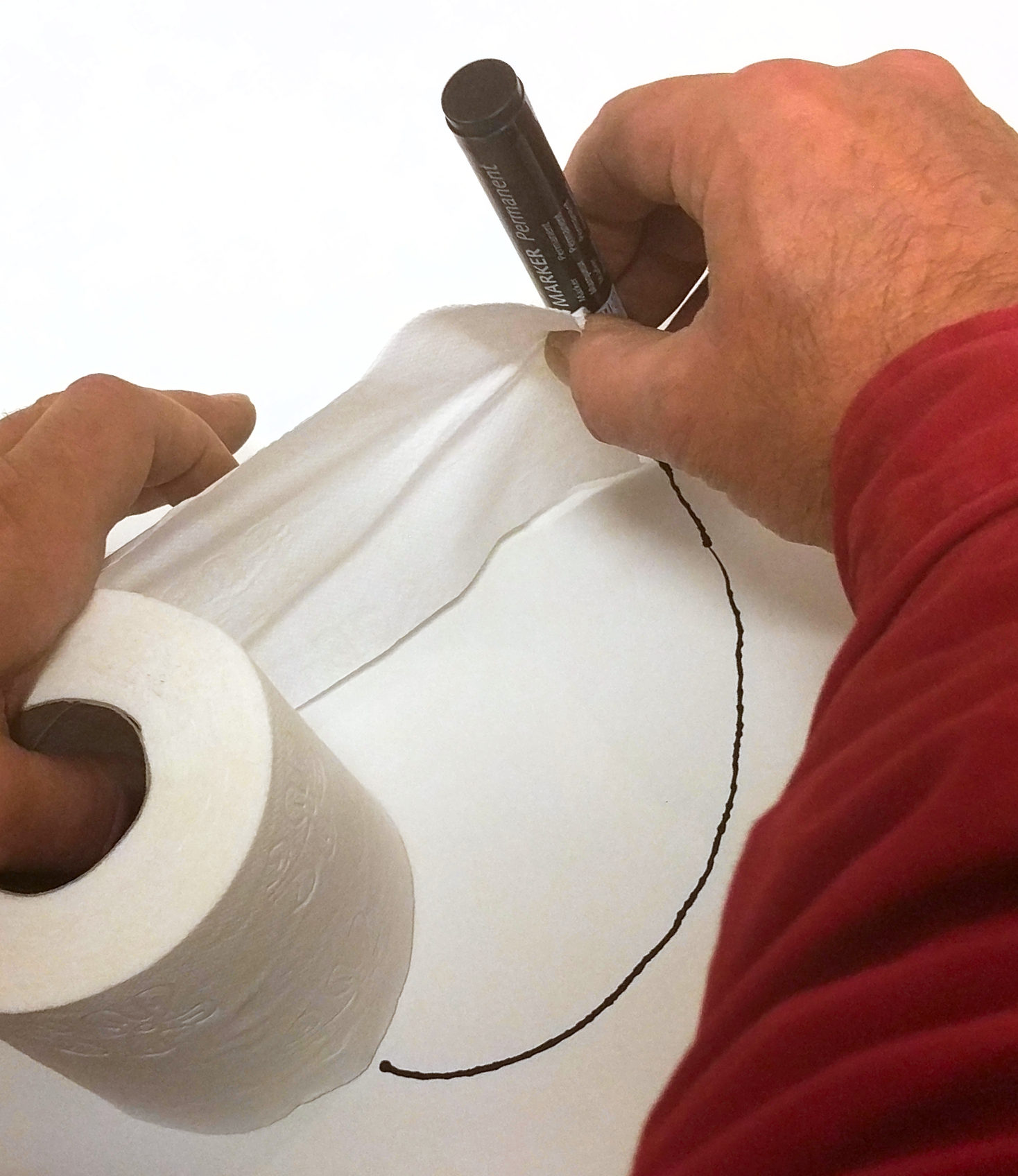Involute - or evolvent - curves are used as the shape of teeth of gears. For an introduction to more advanced math, see https://en.wikipedia.org/wiki/Involute. However, this page is more practical. Notations: spreadsheet syntaxis.
What is the involute curve of a circle?

Involute: a quick and dirty example
In plain language. A cord is coiled around a cylinder. At the end of the cord is a pencil. The cord is unrolled while the cord is held taut. The pencil draws a curve. This curve is called involute of a circle - you can make involutes based on other shapes too.
Involute curve with x- and y-axis, without base circle.
Practical use
The main reason for using gears with involute shapes is that there is no friction between teeth - against common believe. The teeth roll on each other when rotating.
It is the gear application that makes a polar calculation based on radii more useful than a Cartesian calculation based on (x,y) - we are only interested in the first small part that starts from the base circle. On the other hand, a polar approach has its limits, see below.
Mathematics
Involute with base circle
Angles are in radians, 360 degrees equals (2 * pi) radians.
Overall, see illustration:
- The blue curve is the involute of a circle.
- Points on that curve have coordinates X3 and Y3.
- From those points runs a cord A1*R1, tangent to the base circle.
- The base circle has a radius R1.
Mathematics of involute
In detail:
- The first triangle:
- Start at point (0,0)
- Hypotenuse is R1
- The angle is A1
X1 = R1 * cos (A1)
Y1 = R1 * sin (A1)
- The second triangle:
- Start at the end of R1 crossing the base circle
- Hypotenuse is A1*R1
- A1*R1 is always perpendicular to R1
- Therefore, the angle is again A1
X2 = R1 * A1 * sin (A1)
Y2 = R1 * A1 * cos (A1)
- About the length of hypotenuse A1*R1:
If A1 goes all the way around from 0 to 2 * pi radians (equals 360 degrees), than the length of the cord changes from 0 to 2 * pi * R1. After all, the circumference of a circle equals 2 * pi * R1.
The length of the cord is thus equal to the product of angle A1 and radius R1, hence A1 * R1.
- Cartesian coordinates:
- Points on the involute curve have Cartesian coordinates (X3,Y3).
X3 = X1 + X2 = R1 * cos (A1) + R1 * A1 * sin (A1) = R1 * (cos (A1) + A1 * sin (A1))
Y3 = Y1 - Y2 = R1 * sin (A1) - R1 * A1 * cos (A1) = R1 * (sin (A1) - A1 * cos (A1))
- Polar coordinates:
- Points on the involute curve have polar coordinates (R2,A2).
- About R2:
- R1 and A1*R1 are always perpendicular.
- So radius R2 can be calculated using the Pythagorean theorem. This results in:
R2 = sqrt (R1^2 + (A1 * R1)^2) = R1 * sqrt (1 + A1^2).
- About A2:
- This can be calculated by using asin, acos or atan.
Unfortunately, these functions do not go all the way around with one argument supplied. For example, A2 = acos (X3 / R2) and that is only true for 0 < A2 < pi. See example.
Fortunately, many environments offer a solution when X- and Y values are both entered as arguments. For example, LibreOffice Calc has a formula ATAN2(X-value;Y-value) and LISP for CAD offers (ATAN Y-value X-value). Result:
A2 = atan2 (X3,Y3)
Wrongly drawn by using acos(X3/R2) for angle A2
- Additional information:
- For a gear application, only the first small part of the involute is important. It is also the part that changes quick in direction. A1 is not interesting while R1 and R2 are important because they limit the curve. Considering that major CAD packages don't support the involute of a circle directly, the curve must be drawn by approach. This can be done by drawing an assembled element through calculated points. The element type can be a polyline of line or arc segments or a relaxed spline through the points. Start angle of a polyline should be 0.0 radians or degrees, and a start tangent of a spline is pi or 180 degrees.
- In order to calculate points on the curve, it can be considered to use A2 as a base. A2 at the start is 0 radians. A2 at the end minus A2 at start (= A2) is the change in direction. Divided by the number of segments a certain smoothness is achieved. The resulting A2 values can be used to calculate points. A relation is needed for this:
A1 = SQRT (R2^2 / R1^2 - 1). With parameter R2 supplied too, A1 can be fed to the X3 and Y3 formulas. Knowing (X3,Y3), A2 can be calculated.
If further calculations are wanted based on A2 = atan2 (X3,Y3), it should be noted that + or - signs of X3 and Y3 are essential. To achieve this, X3 = R2 * cos (A2) and Y3 = R2 * sin (A2).
- For a gear application, only the first small part of the involute is important. It is also the part that changes quick in direction. A1 is not interesting while R1 and R2 are important because they limit the curve. Considering that major CAD packages don't support the involute of a circle directly, the curve must be drawn by approach. This can be done by drawing an assembled element through calculated points. The element type can be a polyline of line or arc segments or a relaxed spline through the points. Start angle of a polyline should be 0.0 radians or degrees, and a start tangent of a spline is pi or 180 degrees.
